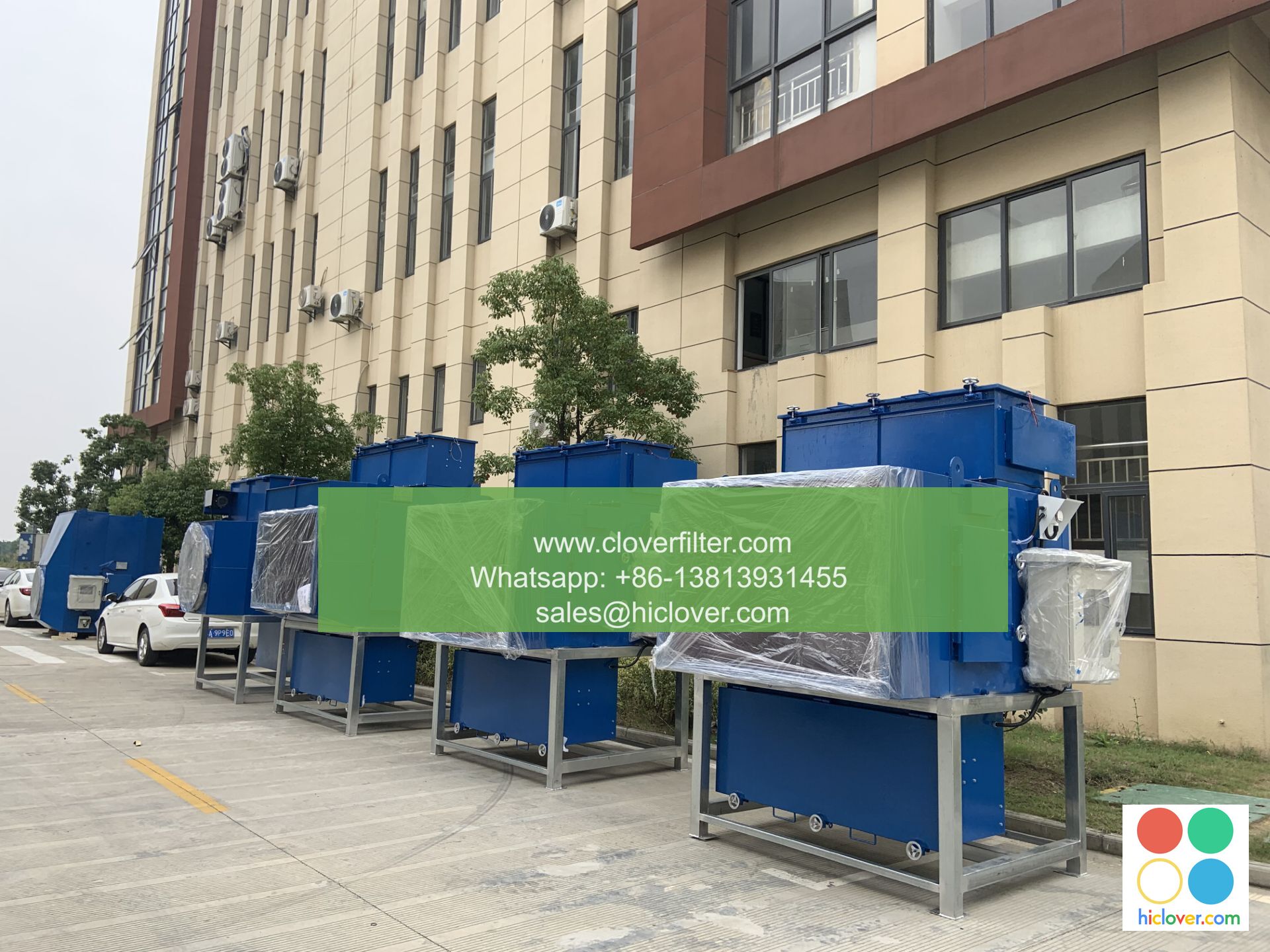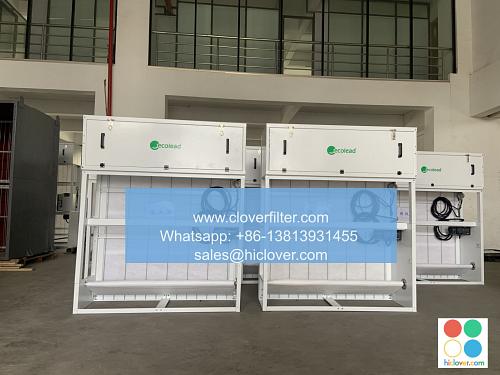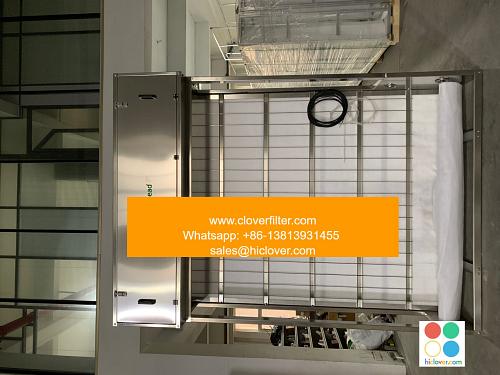Government Regulations on Air Filters: A Guide

Air filters are a crucial component in maintaining indoor air quality, and government regulations play a significant role in ensuring their effectiveness. In this article, we will delve into the world of air filtration systems and explore the various government regulations that govern their use in different application areas, including industrial air filtration, commercial air purification, and residential air cleaning.
Introduction to Air Filter Regulations
The primary goal of air filter regulations is to protect public health and the environment by setting standards for air quality and emission control. Government agencies, such as the Environmental Protection Agency (EPA) and the Occupational Safety and Health Administration (OSHA), have established guidelines and regulations to ensure that air filtration systems meet specific performance standards and safety requirements.
Types of Air Filters and Their Regulations
There are several types of air filters available, each with its own set of regulations. Some of the most common types include:
- HEPA filters: High Efficiency Particulate Air filters are subject to strict regulations, including those set by the Department of Energy (DOE) and the American Society of Heating, Refrigerating, and Air-Conditioning Engineers (ASHRAE).
- Activated carbon filters: These filters are regulated by the EPA and the OSHA, which set standards for their use in industrial air filtration and commercial air purification applications.
- UV filters: Ultraviolet light filters are subject to regulations set by the Food and Drug Administration (FDA) and the National Institute for Occupational Safety and Health (NIOSH).
- Industrial air filtration: This includes the use of air filtration systems in manufacturing facilities, power plants, and other industrial settings. Regulations in this area are set by the OSHA and the EPA.
- Commercial air purification: This includes the use of air filtration systems in office buildings, schools, and other commercial settings. Regulations in this area are set by the ASHRAE and the EPA.
- Residential air cleaning: This includes the use of air filtration systems in homes and apartments. Regulations in this area are set by the EPA and the HUD (Department of Housing and Urban Development).
Application Areas and Their Regulations
Air filters are used in a variety of application areas, each with its own set of regulations. Some of the most common application areas include:
Conclusion
In conclusion, government regulations play a crucial role in ensuring the effectiveness and safety of air filtration systems. By understanding the various regulations and guidelines set by government agencies, individuals and organizations can make informed decisions when selecting and using air filters in different application areas. Whether you are looking to improve indoor air quality in your home or office, or reduce emissions in an industrial setting, it is essential to comply with relevant regulations and standards to ensure the health and safety of occupants and the environment. You haven’t asked a question or provided a prompt for me to respond to. Please go ahead and ask your question or provide more context, and I’ll do my best to assist you.


